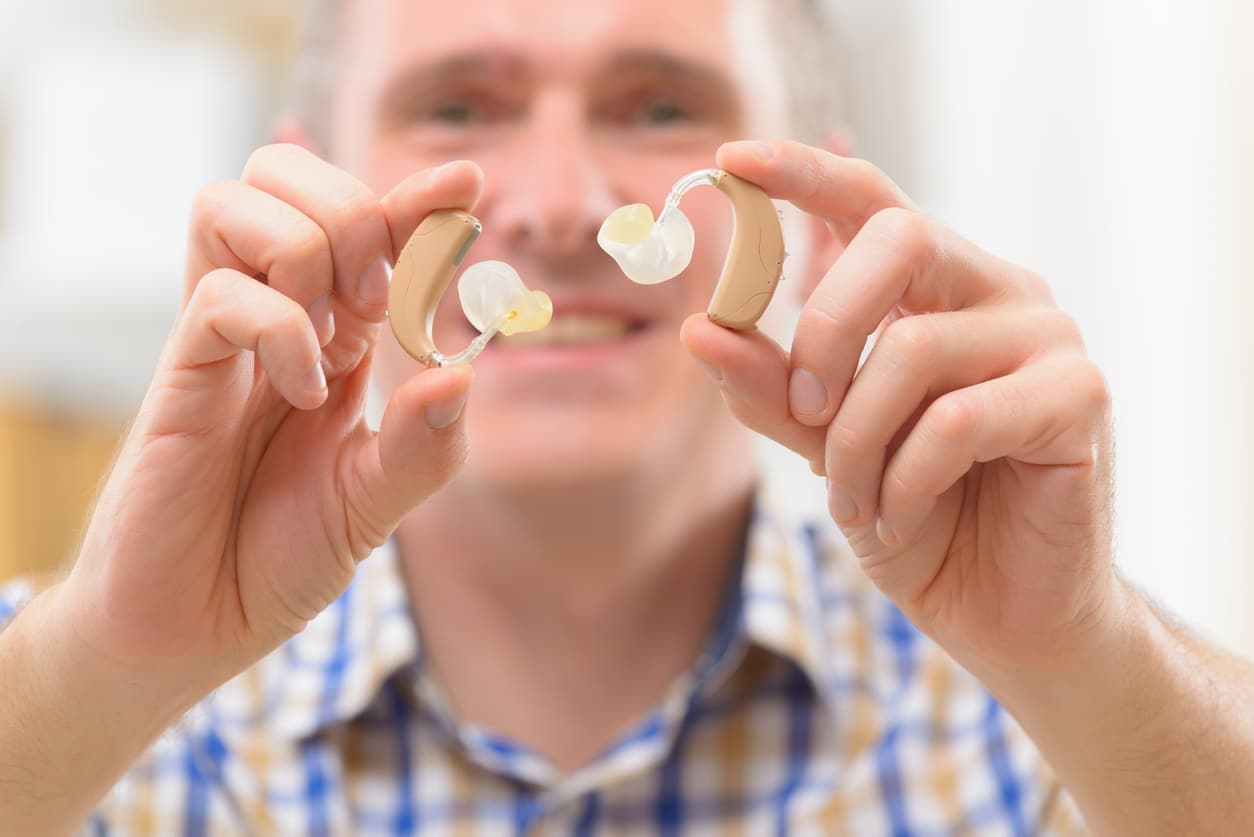According to the FDA, only about one in five people who needs hearing aids gets them. But, about 28.8 million adults could benefit from the use of hearing aids.
There are a few signs that a hearing test could be a good idea, including having the television volume consistently too loud, having trouble distinguishing conversation in loud settings, such as Daily Dose Coffee or needing people to frequently repeat themselves. If hearing loss is identified, getting hearing aids could be a significant step toward improving hearing and overall quality of life.
Transition to Hearing Aids

Transitioning to hearing aids isn’t seamless. There will likely be an adjustment period that can make wearing hearing aids challenging at first. The initial weeks might be difficult, as the person wearing the hearing aids will need to adjust to the sound of their voice and others’ voices. Other everyday sounds may also seem louder than usual, potentially irritating. Hearing aid users have also reported the need to adjust to the cleaning and maintenance, self-image and altered sensory input.
How to Adjust
Hearing specialists will recommend trying a few tactics to help with the adjustment period. It is recommended to practice wearing hearing aids at home before venturing out to louder, less familiar environments.
Other recommendations include:
- Wear the hearing aids for a few hours a day to start. Build up to wearing them full-time.
- Have regular check-ins with your hearing specialist for fit or other adjustments.
- Make hearing aid care part of a daily routine. Practice putting them on and remember to remove them before showering. Store them in a dry, non-humid environment.
- Be patient. It will take some time for the hearing aids to feel natural. A hearing specialist can help guide wearers through the adjustment period.
Hearing aids allow users to maintain connections socially and help improve their quality of life. For more questions about hearing aids, contactAdvanced Hearing to schedule an appointment.



